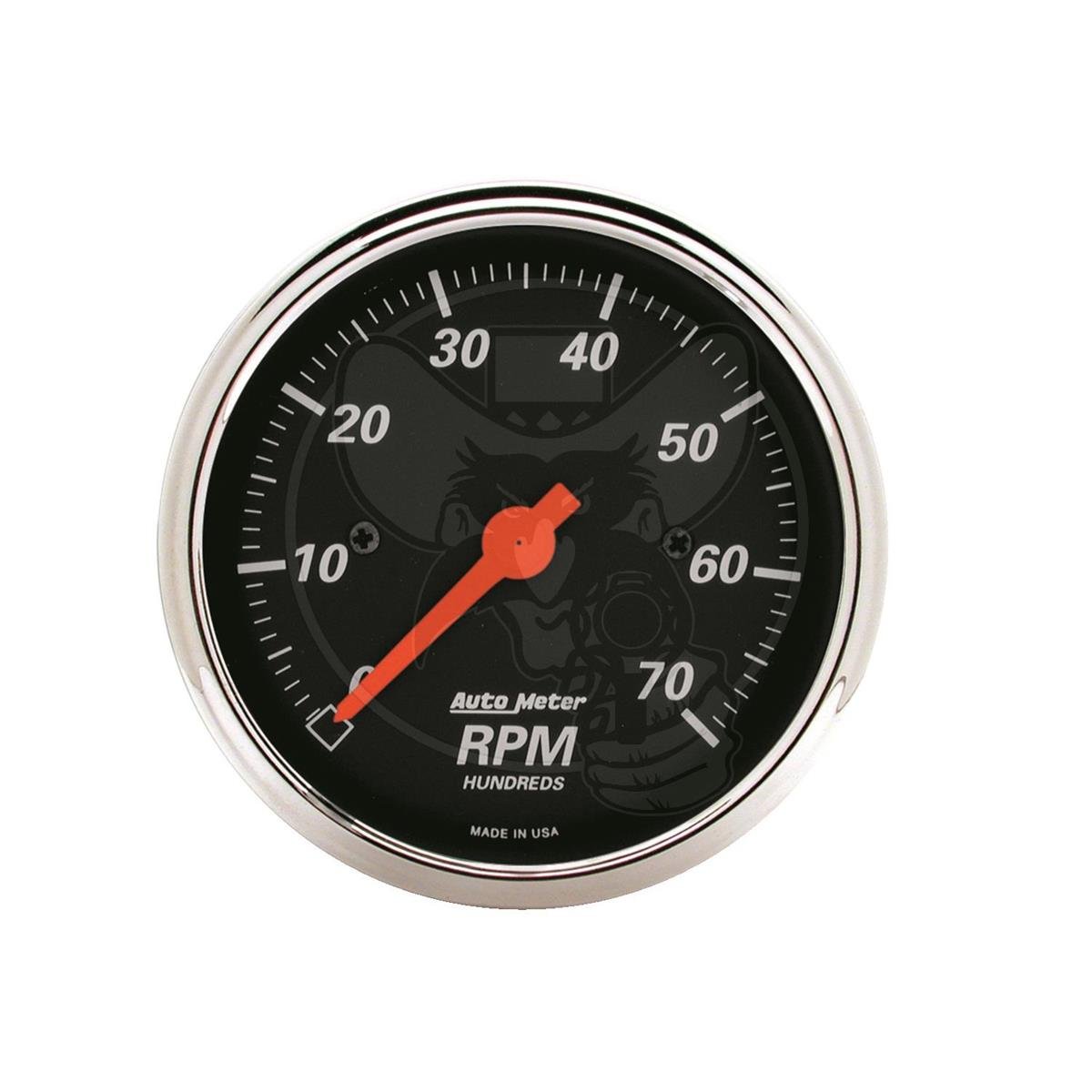Unlocking the Keys of Tachometers: Everything You Required to Understand About This Essential Instrument in Your Lorry
Recognizing the intricacies of tachometers can provide valuable insights into your vehicle's efficiency and maintenance requirements. From gauging engine speed to understanding the information it presents, tachometers function as a crucial device for lorry owners and enthusiasts alike. By deciphering the secrets behind this necessary tool, you can open a wide range of information that can enhance your driving experience and make certain the longevity of your automobile.
Relevance of Tachometers
The importance of tachometers exists in their capacity to supply critical real-time information concerning an engine's rotational rate, enabling precise monitoring and upkeep of equipment. By determining the transformations per min (RPM) of an engine's crankshaft, tachometers use beneficial insights into the engine's performance - tachometer. This data is essential for ensuring that the engine operates within its optimum variety, preventing potential damages from over-revving or underperforming
Tachometers play a crucial duty in helping operators and technicians identify any kind of abnormalities in the engine's speed, which could indicate concerns such as gas ineffectiveness, mechanical issues, or extreme strain on the engine. By immediately determining these problems through tachometer analyses, upkeep can be carried out proactively, preventing costly fixings and downtime in the lengthy run.
Furthermore, tachometers are particularly essential in high-performance vehicles and equipment, where specific control over engine rate is necessary for optimum procedure. Racing cars and trucks, aircraft, and commercial devices rely upon tachometers to provide peak efficiency while preserving safety and security requirements. Basically, tachometers are not simply tools for measuring rate however essential devices for ensuring the smooth and effective procedure of engines across numerous applications.
Exactly How Tachometers Step Engine Rate
Utilizing sensing units that identify the frequency of electrical pulses produced by the engine's ignition system, tachometers properly measure the rotational speed of an engine. By keeping an eye on the price at which these pulses are received, tachometers supply real-time comments on how quickly the engine's crankshaft is rotating per min, typically described as changes per min (RPM)
The tachometer's sensing unit, frequently linked to the engine's ignition coil or stimulate plug cords, gets the electric signals produced each time a cylinder fires. These signals are then exchanged RPM readings showed on the gauge or instrument cluster within the motorist's sight. Tachometers can be analog or electronic, with modern-day lorries generally including electronic display screens for precise and instant RPM analyses.
This info is vital for vehicle drivers to recognize the engine's efficiency, protect against over-revving, maximize equipment changing, and make sure effective gas usage. By precisely determining engine rate, tachometers play a crucial duty in assisting motorists operate their cars safely and efficiently.
Analyzing Tachometer Analyses
Having a clear understanding of just how tachometers determine engine rate establishes the foundation for efficiently analyzing the RPM readings displayed. Translating tachometer analyses is critical for optimal vehicle performance and engine wellness. When the engine is idling, the tachometer needle generally relaxes around 600-1000 RPM, depending address on the vehicle.


Tips for Making Use Of Tachometers Efficiently
To boost driving effectiveness and maximize engine efficiency, what secret techniques can be executed for properly utilizing tachometers? Tachometers are important devices that provide real-time comments on engine rate, making it possible for drivers to make educated choices for far better efficiency - tachometer. Below are some pointers for using tachometers successfully:
Comprehending Ideal RPM Variety: Familiarize on your own with the optimal RPM (Transformations Per Min) variety for your lorry. Maintaining the engine within this array can Read Full Report boost gas performance and lengthen the engine's life-span.
Moving Gears at the Right Time: Use the tachometer to determine the ideal time to shift equipments. Aim to move equipments when the RPM reaches the ideal variety for the next equipment.
Checking Engine Anxiety: High RPMs for long term periods can strain the engine. Watch on the tachometer to stop over-revving, specifically throughout acceleration or when carrying hefty tons.
Tachometers and Car Maintenance
When taking into consideration lorry maintenance, tachometers play an important role in monitoring engine efficiency and discovering potential concerns. Tachometers supply vital data on engine rate, enabling drivers and technicians to make sure that the engine is operating within the recommended RPM variety. Frequently monitoring the tachometer analyses can aid recognize issues such as engine misfires, damaged ignition system, or issues with the gas delivery system. By taking notice of the tachometer, motorists can prevent extreme strain on the engine, which can cause costly fixings down the line.
Along with spotting prospective concerns, tachometers can also help in maximizing fuel effectiveness. By keeping the engine speed within the ideal variety, drivers can enhance their gas mileage and lower fuel intake. This not just benefits the chauffeur's pocketbook but likewise adds to ecological conservation by reducing dangerous exhausts.
Conclusion
